Complete Solutions to Practice Exercise of chapter CHEMICAL BONDING of Class 11 book with complete answers and questions
| Class 11 | CHEMISTRY |
| Chapter | CHEMICAL BONDING |
| BITSAT GUIDE | Practice Exercise |
| Number Of Questions | 86 |
| Academic Year | 2023-24 |
Which of the following is not correct?
View SolutionWhich postulation provide the basic for the modern concepts regarding ion formation by electron transfer and the formation opf ionic crystalline compounds?
View SolutionIn chlorine atom, how many electrons are short of the argon configuration?
View SolutionWhich is not paramagnetic?
View SolutionWhich of the following is the weakest bond?
View SolutionWhich of the following compounds has the smallest bond angle?
View SolutionThe molecule which contains ionic as well as covalent bond, is
View SolutionConsider the following Lewis structure of `HNO_(3)`,
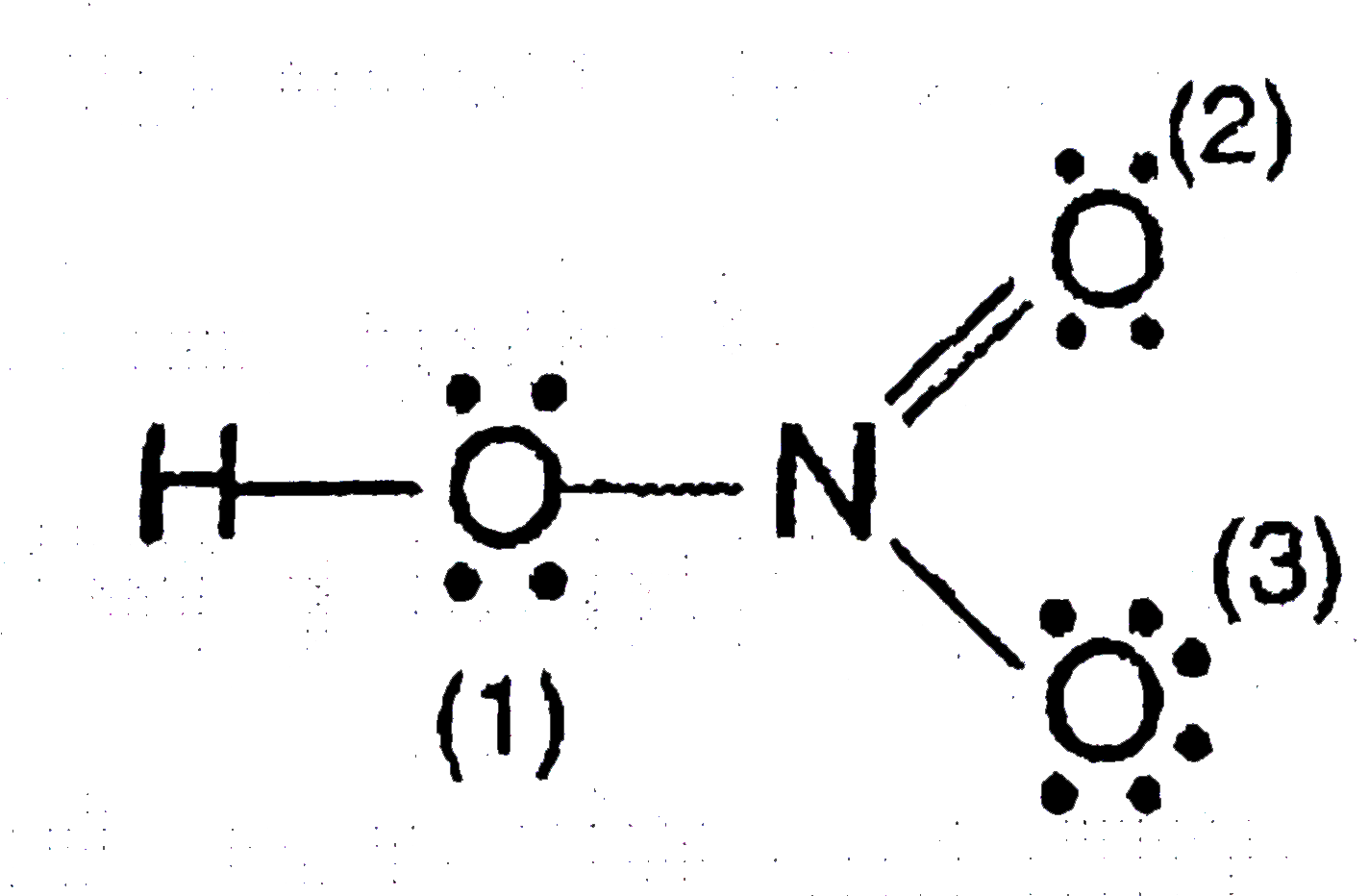
The formal charge on `O_((1))`, `O_((2))` and `O_((3))` are given in colmun II. Match the following and choose the correct option from the codes given below.
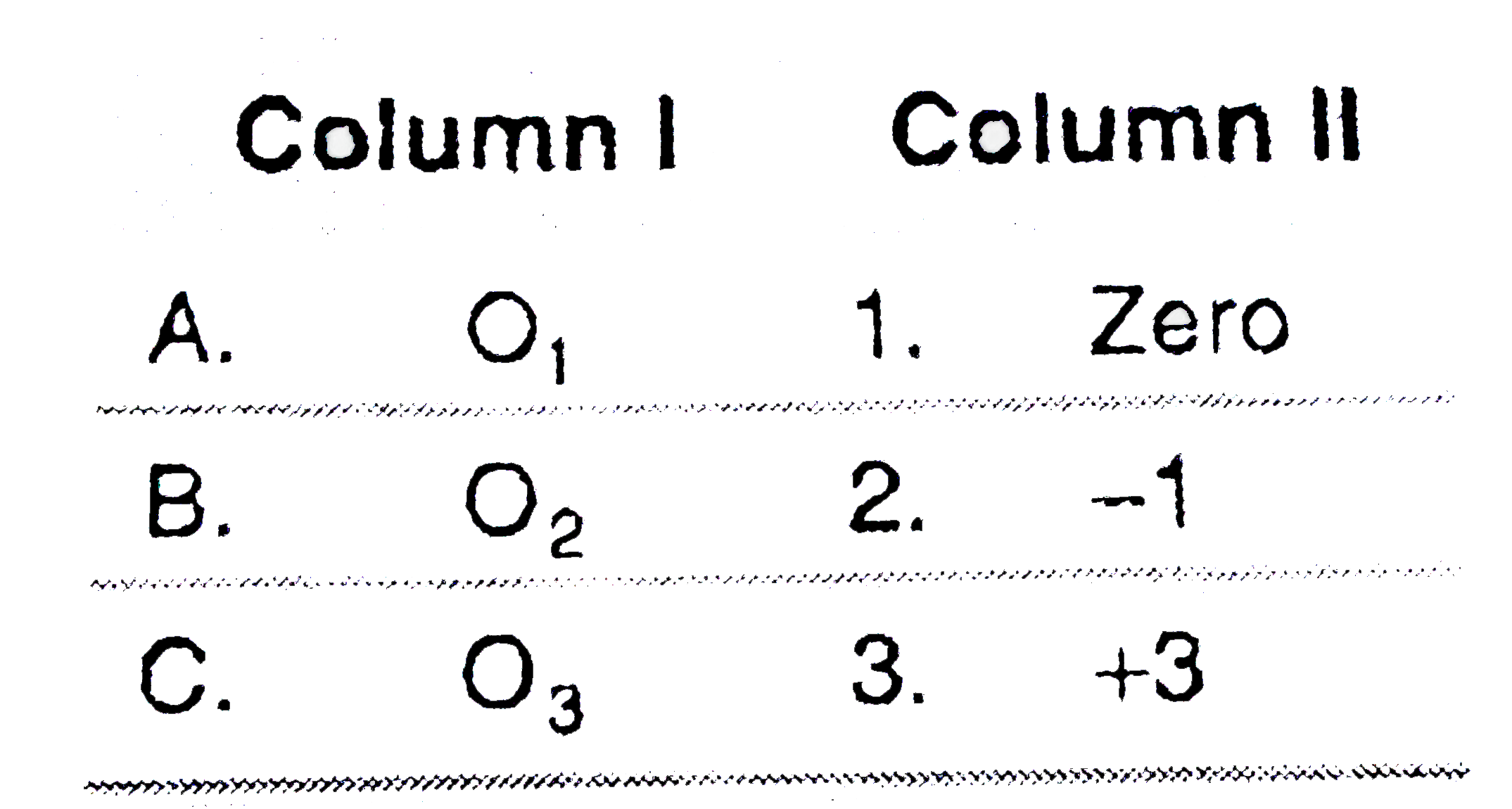
View SolutionWhich one has covalent as well as ionic valency?
View SolutionIn `NO_(3)^(-)`ion, the number of bond pairs and lone pairs of electrons on nitrogen atom respectively are
View SolutionWhich one of the following contains both ionic and covalent bonds?
View SolutionLewis dot structures of CO, `NO_(2)^(-)` and `CO_(3)^(2-)` are I, II and III respectivley given below.

Which of these structure(s) is/are wrong?
View SolutionIn the following electron dot structure, calculate the formal charge from left to right nitrogen atom respectively:
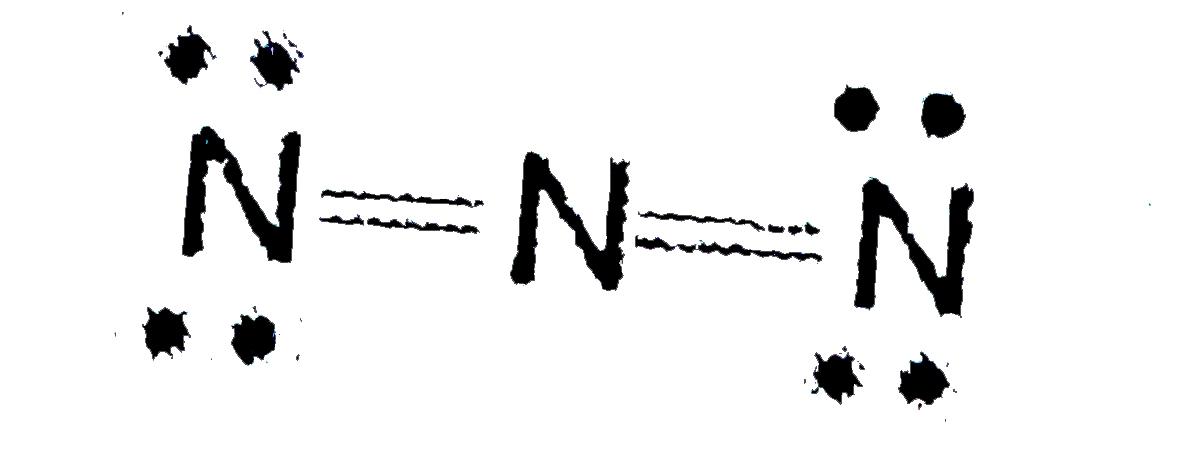
View SolutionThe magnitude of lattice energy of a solid increases if
View SolutionIf the electronic configuration of an element is `1s^(2)2s^(2)2p^(2)3s^(2)3p^(6)3d^(2)4s^(2)`, four electrons involved in chemical bond formation will be ……… .
View SolutionThe electronic configuration of the outemost shell of the most electronegative element is
View SolutionAn electronic arrangement is said to be stable if its outer shell consists
View SolutionWhich is the most covalent?
View SolutionWhich of the following molecules is correct regarding `BeCl_(2)`?
View SolutionThe correct order of increasing covalent character of the following is
View SolutionThe metallic luster exhibited by sodium is explained by
View SolutionArrange the following ionic compunds in order of increasing ionic character :
`{:(,,KF,KCL,KBr,Kl),(,,A,B,C,D):}`
View SolutionConsider the Born-Haber cycle for the formation of an ionic compound given below.
`M(s)overset(triangleH_(1))rarrM(g)overset(triangleH_(2))rarrM^(+)(g)`
`(1)/(2)X_(2)(g)overset(triangleH_(3))rarrX(g)overset(triangleH_(4))rarrX^(-)(g)overset(triangleH_(5))rarrZ`
Here, Z refers to
View SolutionWhich of the following structures is/are correct?
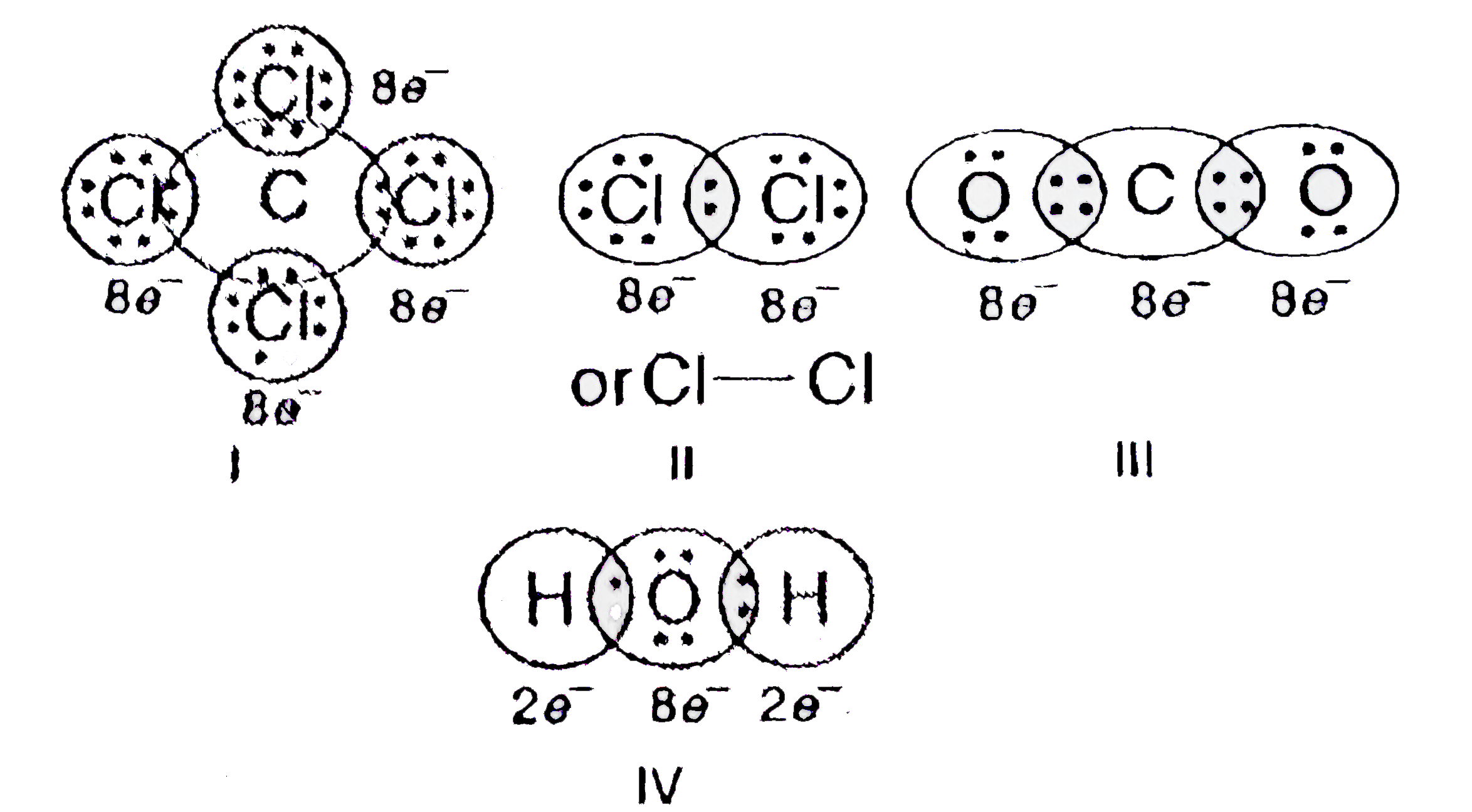
View SolutionIn which of the following molecule/ion, all the bonds are not equal?
View SolutionThe electronegativity difference between two atoms A and B is `2`, then percentage of covalent character in the molecule is
View SolutionWhich of the following is a favorable factor for cation formation?
View SolutionMatch the reaction give in Column I with enthalpy in Column II and choose the correct option from the codes given below.
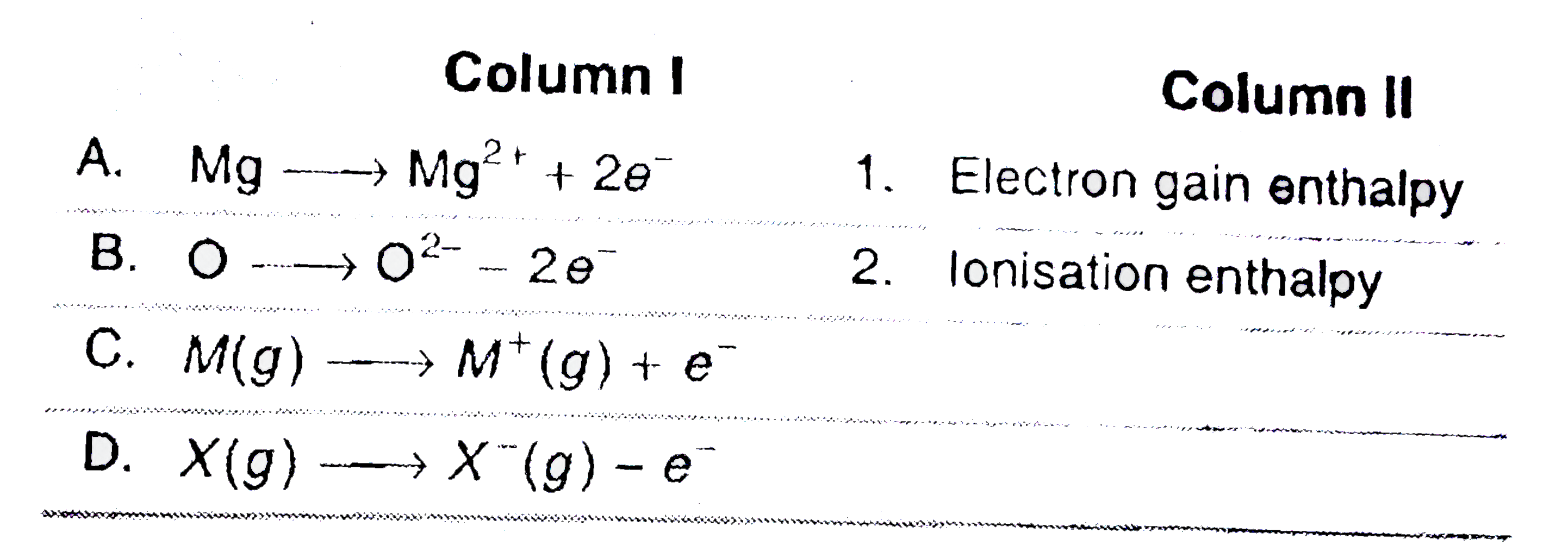
View SolutionIn the formation of a molecule, only the outer shell electrons take part in chemical combination and are known as
View SolutionHow many double bonds are present in carbon dioxide molecule?
View SolutionWhich of the following hybridisations is not possible?
View SolutionThe hybridization of atomic orbitals of nitrogen is `NO_(2)^(+), NO_(3)^(-)`, and `NH_(4)^(+)` respectively are
View SolutionWhat is the type of hybridisation of carbon atoms marked with star?

View SolutionAmong the three molecules `XeF_(4),SF_(4),SiF_(4),` which has/have tetrahedral structure?
View SolutionWhat is the structure ox `XeF_(6)`?
View SolutionWhich of the molecules has trigonal bipyramidal geometry with bond angles `120^(@)` and `90^(@)`?
View SolutionWhich of the following species has tetrahedral geometry?
View SolutionThe species having pyramidal shape is
View SolutionWhich species having molecules have same molecular geometry?
I. `CH_(4)` II. `BF_(3)` III. `NH_(4)^(+)` IV. `SF_(4)`
View SolutionThe structure of `IF_(7)` is
View SolutionBased on VSEPR theory, the number of 90 degree F-Br-F angles in `BrF_(5),` is
View SolutionA sigma-bonded molecule `MX_(3)` is T-shaped. The number of non-bonding pairs of electrons is
View SolutionElement A has three electrons in the outermost orbit and `B` has six electrons in the outermost orbit The formula of the compound will be .
View SolutionThe number of oxygen atoms bonded to one phosphorus atom in `P_(4)O_(6)` is
View SolutionIn `PO_(4)^(3-)` the formal charge on each O-atom and `P-O` bond order respectively are .
View SolutionWhich of the following is not the correct representation of resonance?
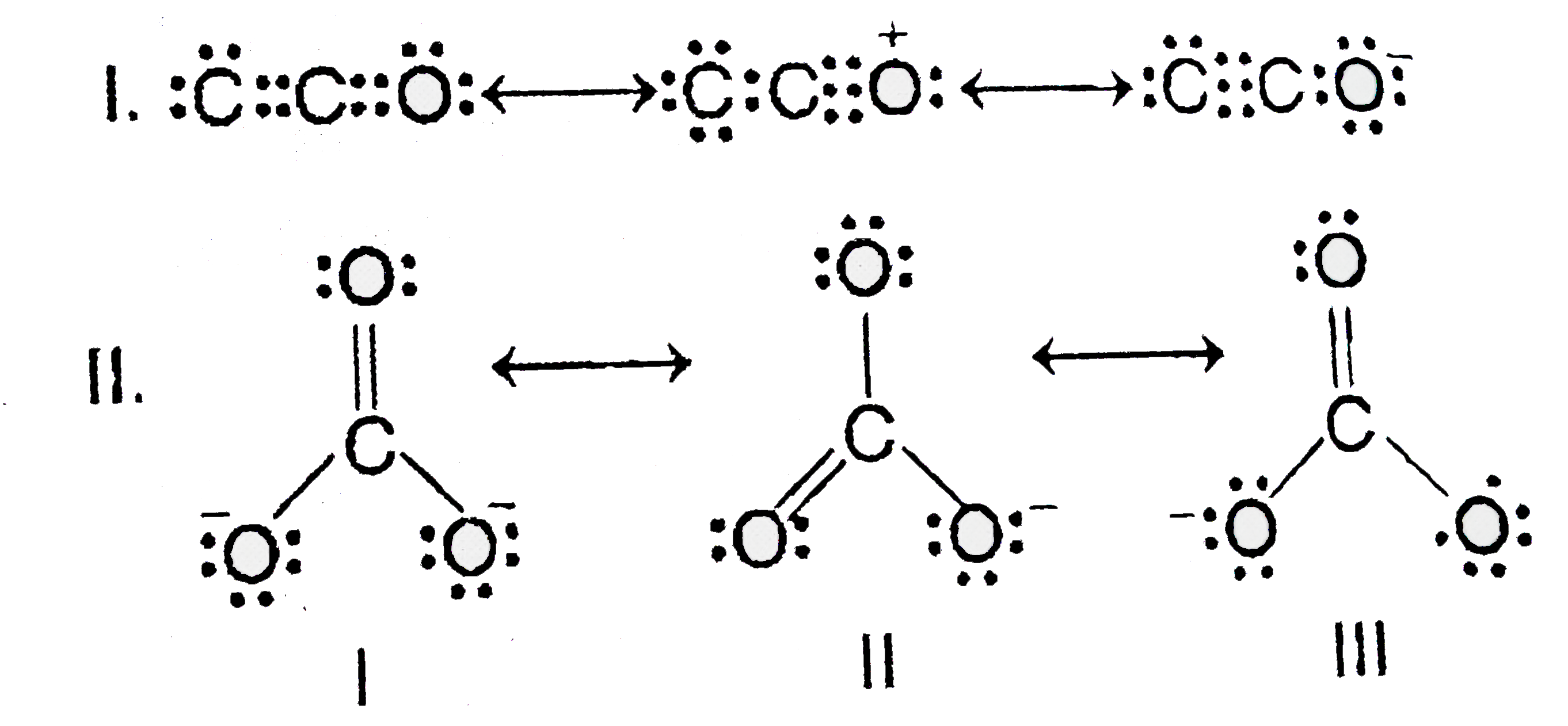
View SolutionWhich of the following molecules represent the resonance?
View SolutionThe structure represents the molecules more accurately, is called
View SolutionMatch the following columns and choose the correct option from the codes given below.

View SolutionThe compound `MX_(4)` is tetrahedral. The number of `angleXMX` angles formed in the compound is
View SolutionIn accordance to molecular theory,
View SolutionWhich bond angle `theta` would result in the maximum dipole moment for the triatomic `YXY`?
View SolutionThe bond angles of `NH_(3),NH_(4)^(o+)` and `overset(Theta)(NH_(2)` are in the order .
View SolutionThe molecule having zero dipole moment is
View SolutionWhich of the following show correct structure of `lCl_(2)`?
View SolutionThe net dipole moment of `H_(2)O` molecule is
View SolutionDeviation of O-O bond length in ozone molecule from the normal bond length seems as
View SolutionThe decreasing order of dipole moments of the molecules `HF,H_(2)O,BeF_(2),NF_(3)` is
View SolutionWhich of the following will have largest dipole moment?
View SolutionWhich pair of moecules will have permanent dipole moment for both members ?
View SolutionThe correct stability order of the following resonance structure is

View SolutionThe correct order of bond angles in `NH_(3),PCl_(3)"and"BCl_(3)` is
View SolutionThe correct order of decreasing polarity is
View SolutionIn case of sodium and chlorine, the electron transfer takes place from
View SolutionBond order of `O_(2), O_(2)^(-) and O_(2)^(2-)` is in order
View Solution`AICI_(3)` is covalent while `AIF_(3)` is ionic This can be justified on the basic of .
View SolutionVSEPR theory was proposed by
View SolutionThe bond order of `O_(2)^(-)` is
View SolutionIn the case of `Cl_(2)`, the bond is formed by
View SolutionMatch the following species with chemical formula and choose the correct option from the codes given below.
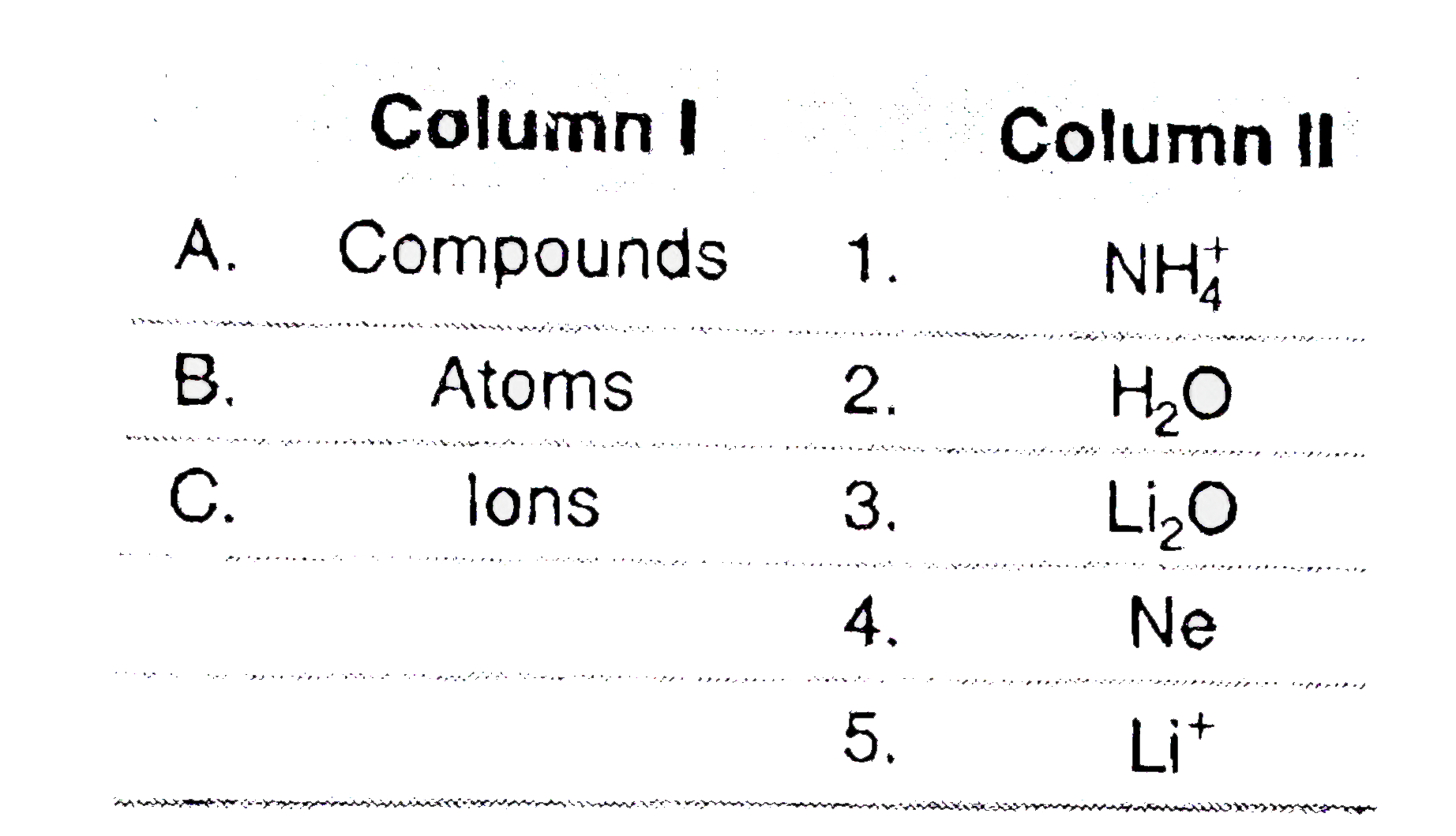
View SolutionSodium chloride is soluble in water but not in benzene because
View SolutionWhich of the following bonds is present in `BF_(4)^(-)`?
View SolutionKF combines with HF to form `KHF_(2).` The compound contains the species
View SolutionWhich of the following pairs of ions are isoelectronic and isostructural?
View SolutionWhen two atoms share two electron pairs, they are said to be joined by a
View SolutionWhich of the following molecules have same bond order?
`{:(,H_(2),Cl_(2),CO,Br_(2),N_(2)),(,I,II,III,IV,V):}`
View SolutionAn ionic solid is poor conductor of electricity because
View SolutionThe molecule having one unpaired electron is
View SolutionHow many corners of a cube would be occupied in the case of noble gas?
View SolutionThe noble gases have a particularly stable outer shell electronic configuration represented as
View SolutionWhich of the following has a linear structure?
View SolutionIn `XeF_(2),XeF_(4)" and "XeF_(6),` the number of the lone pairs of Xe respectively are
View SolutionThe largest bond angle in
View SolutionIf the bond enthalpy of `O_(2),N_(2)" and "H_(2)` are 498, 946 and 435.8 kJ `mol^(-1)` respectively. Choose the correct order of decreasing bond strength.
View SolutionThe one which has no coordinate bond, is
View SolutionOf the two compounds shown below , the vapour pressure of B at a particular temperature is

View Solution
Practice Exercise questions and complete solutions for chapter CHEMICAL BONDING of ARIHANT CHEMISTRY (HINGLISH) of Class 11